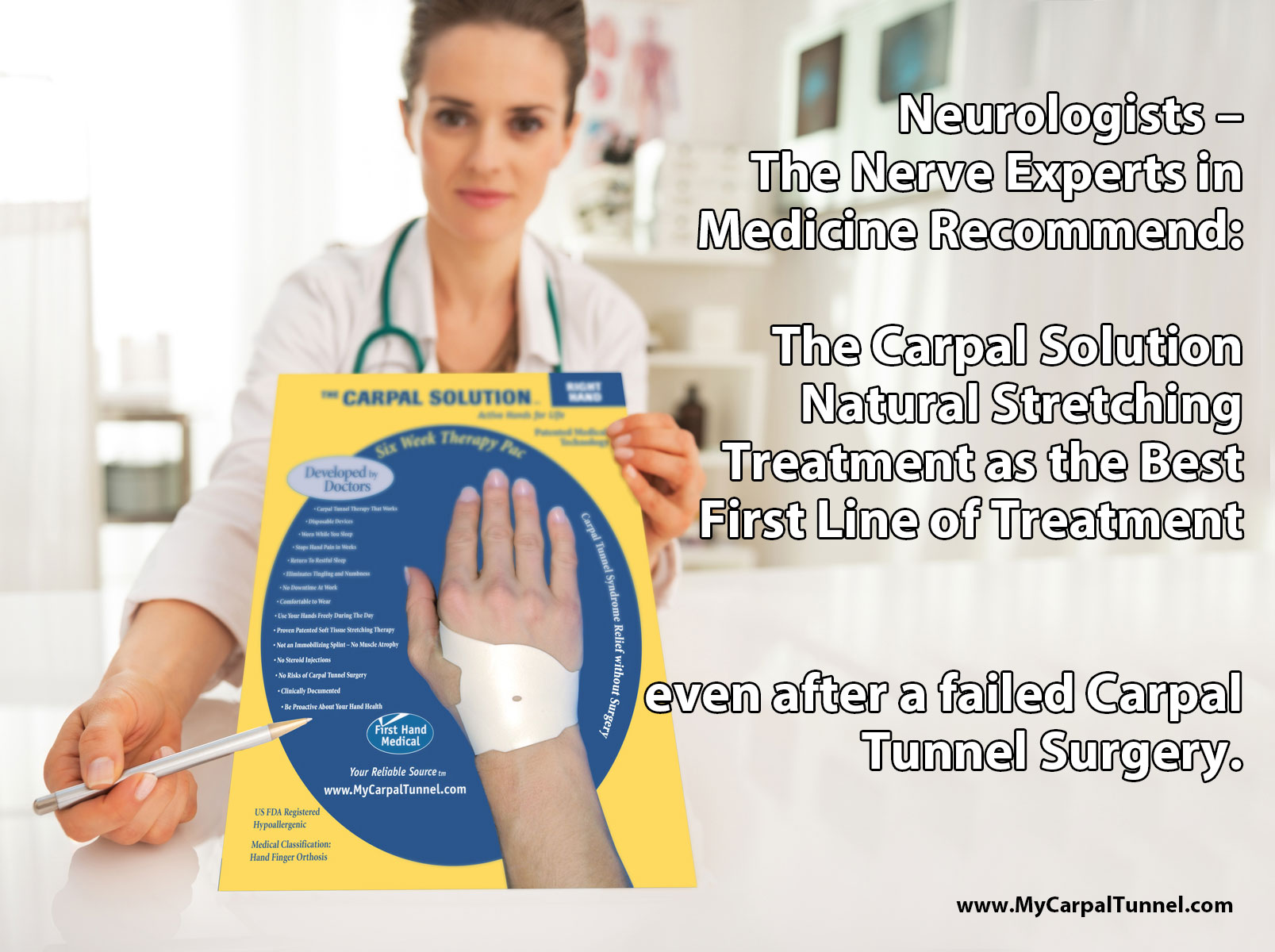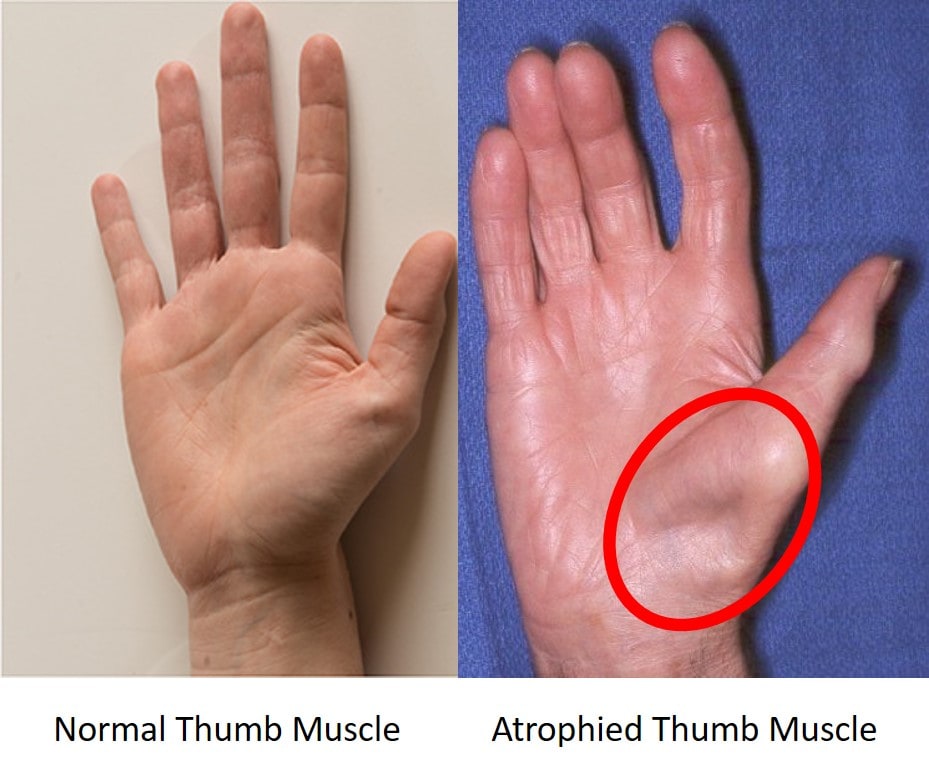Pictures Of Hand After Carpal Tunnel Surgery: A Comprehensive Guide
Are you searching for detailed pictures of hand after carpal tunnel surgery? If you've recently undergone or are preparing for this procedure, understanding what to expect during recovery is essential. This article will provide a thorough overview of the healing process, complete with images and expert insights to help you feel more informed and prepared.
Carpal tunnel surgery is one of the most common outpatient procedures performed globally. It aims to relieve pressure on the median nerve, which often causes pain, numbness, or tingling in the hand and wrist. As part of your recovery journey, visualizing the stages of healing through pictures can be both educational and reassuring.
This guide will cover everything you need to know about the recovery process, including what to expect after surgery, common healing milestones, and tips for ensuring a smooth recovery. Whether you're a patient, caregiver, or healthcare professional, this article will provide valuable insights into the post-surgical experience.
Read also:Exploring The Enigma Diosa Elettraa And Her Impact On Music And Culture
Table of Contents
- Introduction
- What is Carpal Tunnel Surgery?
- Pictures of the Healing Process
- Common Healing Stages
- Preparing for Surgery
- Potential Complications
- Tips for a Smooth Recovery
- Physical Therapy
- Patient Testimonials
- Conclusion
What is Carpal Tunnel Surgery?
Carpal tunnel surgery is a procedure designed to alleviate symptoms caused by carpal tunnel syndrome, a condition where the median nerve is compressed within the carpal tunnel. The surgery involves cutting the transverse carpal ligament to relieve pressure on the nerve, allowing for improved hand function and reduced discomfort.
According to the American Academy of Orthopaedic Surgeons (AAOS), carpal tunnel surgery is one of the most frequently performed orthopedic procedures, with over 465,000 surgeries conducted annually in the United States alone.
There are two primary types of carpal tunnel surgery: open release surgery and endoscopic surgery. Both methods aim to achieve the same outcome but differ in their approach and recovery timelines. Understanding the differences can help you make an informed decision about your treatment plan.
Pictures of the Healing Process
Visualizing the healing process can be incredibly helpful for patients undergoing carpal tunnel surgery. Below are some key stages of recovery, accompanied by pictures of hand after carpal tunnel surgery:
Immediate Post-Surgery
After the procedure, your hand will likely be wrapped in a bandage to protect the incision site. Swelling and bruising are common during this phase. Here's an example of what your hand might look like immediately after surgery:
- Bandaged wrist and hand
- Mild swelling around the incision area
- Possible bruising depending on the type of surgery
Week 1-2
During the first two weeks, the incision site will begin to heal, and the swelling will gradually reduce. You may notice some scarring, which is normal. At this stage, your hand might appear as follows:
Read also:Unveiling The Transformation The Fascinating Journey Of Before And After Bimbo
- Reduced swelling compared to the initial post-surgery phase
- Visible stitches or sutures
- Light bruising that continues to fade
Common Healing Stages
Recovering from carpal tunnel surgery is a gradual process that typically spans several weeks to months. Understanding the common healing stages can help you manage expectations and monitor your progress effectively.
Short-Term Recovery (0-6 Weeks)
In the first six weeks, focus on protecting the incision site and minimizing discomfort. Here are some milestones you might experience:
- Incision site healing
- Gradual reduction in swelling
- Improved grip strength
Long-Term Recovery (6 Weeks-6 Months)
After the initial healing phase, your focus should shift to regaining full hand function. At this stage, you may notice:
- Continued improvement in nerve sensation
- Increased flexibility and range of motion
- Fading of scars
Preparing for Surgery
Proper preparation is key to ensuring a successful carpal tunnel surgery and smooth recovery. Below are some steps you can take to get ready:
- Consult with your surgeon to discuss any concerns or questions
- Follow pre-surgery instructions, such as fasting or avoiding certain medications
- Arrange for transportation to and from the surgical facility
By taking these steps, you can help minimize the risk of complications and ensure a more comfortable experience.
Potential Complications
While carpal tunnel surgery is generally safe, like any medical procedure, it carries some risks. Common complications include:
- Infection at the incision site
- Persistent numbness or tingling
- Delayed healing due to underlying health conditions
It's important to report any unusual symptoms to your healthcare provider promptly to address potential issues early.
Tips for a Smooth Recovery
To ensure a successful recovery after carpal tunnel surgery, consider the following tips:
- Elevate your hand to reduce swelling
- Follow post-operative care instructions carefully
- Participate in physical therapy as recommended by your doctor
By adhering to these guidelines, you can promote faster healing and a better overall outcome.
Physical Therapy
Physical therapy plays a crucial role in restoring hand function after carpal tunnel surgery. A qualified therapist can guide you through exercises designed to improve:
- Flexibility
- Strength
- Nerve glide techniques
Studies published in the Journal of Hand Therapy have shown that patients who engage in regular physical therapy sessions tend to experience better long-term results.
Patient Testimonials
Reading about the experiences of others who have undergone carpal tunnel surgery can provide valuable insights and reassurance. Below are some testimonials from real patients:
- "The pictures of hand after carpal tunnel surgery really helped me understand what to expect during recovery." - Jane D.
- "I was surprised by how quickly my symptoms improved after the surgery." - Mark T.
These stories highlight the positive impact that carpal tunnel surgery can have on quality of life.
Conclusion
In conclusion, pictures of hand after carpal tunnel surgery can be an invaluable resource for patients navigating the recovery process. By understanding the healing stages, preparing adequately, and following post-operative care instructions, you can achieve optimal results from your surgery.
We invite you to share your thoughts or ask questions in the comments section below. Additionally, feel free to explore other articles on our site for more information on health-related topics. Your feedback and engagement help us create content that truly matters to you.
Sources:
- American Academy of Orthopaedic Surgeons (AAOS)
- Journal of Hand Therapy
- Mayo Clinic


